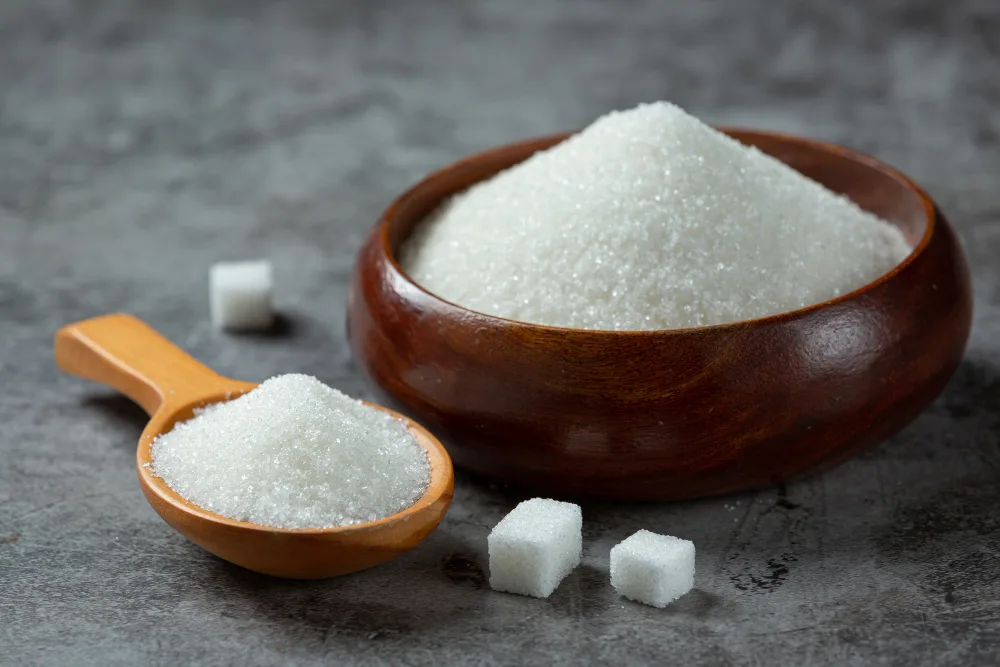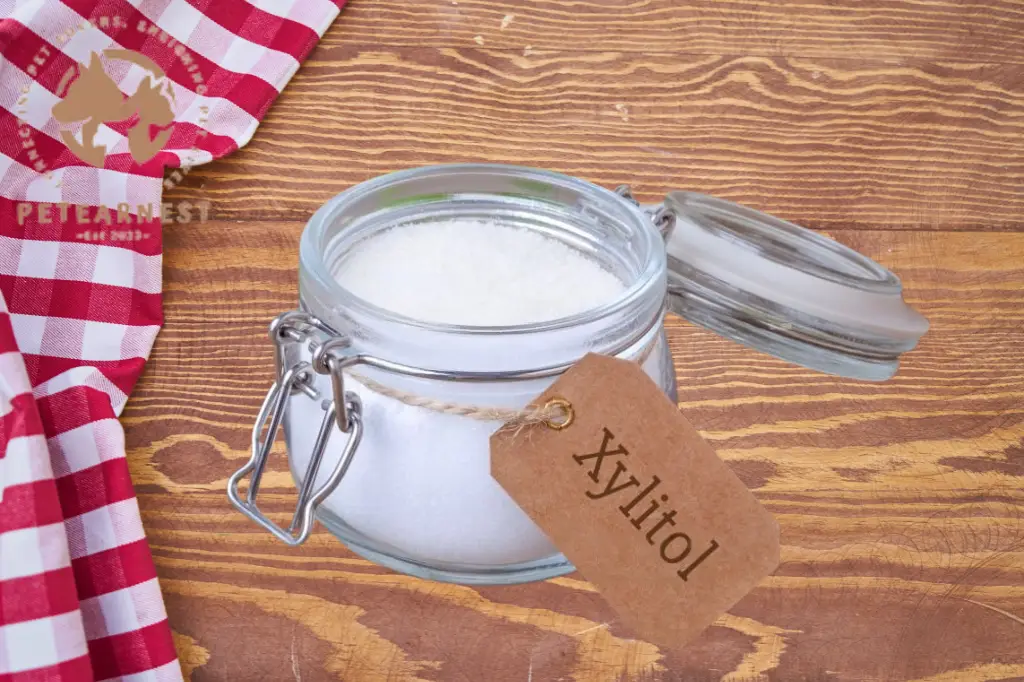Can dogs eat red bean paste? This is a question that many dog owners may be curious about. While red bean paste is a popular treat in many cultures, it’s not safe for dogs to consume. In fact, there are three surprising reasons why you should avoid giving your furry friend this sweet treat.
In this article, we’ll explore why dogs should avoid consuming red bean paste. We’ll cover the health risks associated with its high sugar and calorie content, the toxic lectin called phytohemagglutinin, and the dangerous artificial sweetener, xylitol. By understanding these risks, you can make informed decisions about what treats are safe for your beloved pup.
It’s important to keep your dog’s health and safety in mind when selecting treats. So, let’s dive into the reasons why red bean paste is not safe for dogs and explore some safe and healthy alternatives.
Table of Contents
What is Red Bean Paste? A Brief Detail
Red bean paste, also known as adzuki bean paste or anko in Japanese, is a popular ingredient in East Asian cuisine. The paste is made by boiling red beans, also known as adzuki beans, and mashing or grinding them into a thick paste. The paste can be left as it is or sweetened with sugar. The color of the paste is typically dark red due to the husk of the beans, although in Korean cuisine, the black variety of adzuki beans can be husked before cooking, resulting in a white paste. In some preparations, the husk can be removed through sieving after cooking, resulting in a smoother, more homogeneous red paste.
Red bean paste is commonly used in various sweets and desserts such as mochi, dorayaki, and mooncakes. However, it is important to note that red bean paste is not safe for dogs to consume due to several reasons, including its high sugar and calorie content, the presence of toxic lectins, and the potential inclusion of the highly toxic artificial sweetener xylitol. Pet owners should consult with their veterinarian for safe and healthy treat options for their furry friends.
Can dogs eat red bean paste?
As a dog owner, it’s natural to wonder what foods you can share with your furry companion. However, some foods that are safe for humans can be dangerous for dogs, and red bean paste is one of them. In this article, we’ll explore why dogs should not eat red bean paste and the potential health risks associated with it.
Red bean paste is a popular ingredient in many sweet treats, but it contains high amounts of sugar and calories, which can lead to weight gain and other health issues in dogs. Additionally, red bean paste contains a toxic lectin called phytohemagglutinin, which can cause vomiting, diarrhea, and even kidney damage in dogs.
Moreover, many red bean paste products contain xylitol, an artificial sweetener that is highly toxic to dogs. Even small amounts of xylitol can cause rapid insulin release, leading to hypoglycemia, seizures, and liver failure in dogs.
Overall, while red bean paste may be delicious for humans, it’s best to avoid giving it to your furry friend. By being aware of these risks, you can keep your dog healthy and happy by choosing safe and healthy treats.
Three Reasons Why Red Bean Paste is Not Safe for Dogs
Red bean paste is a popular ingredient in East Asian cuisine, but is it safe for dogs to consume? The answer is no, for three main reasons.
1. Red Bean Paste Contains High Levels of Sugar

One of the main reasons why red bean paste is not safe for dogs is because it contains high levels of sugar. Dogs do not metabolize sugar in the same way that humans do, which means that consuming too much sugar can lead to a host of health problems for your pup. Some of the most common health issues that can arise from consuming too much sugar include obesity, diabetes, and dental problems.
If you’re looking for a safe and healthy treat for your dog, it’s best to stick to natural, low-sugar options like carrots, blueberries, and green beans. Not only are these treats packed with essential nutrients and vitamins, but they’re also low in sugar, making them a great choice for your furry friend.
2.Red Bean Paste Contains Xylitol

Another reason why red bean paste is not safe for dogs is because it often contains xylitol. Xylitol is a sugar substitute that is commonly used in many sugar-free products, including gum, candy, and baked goods. While it may be safe for humans to consume, it can be extremely toxic to dogs.
When dogs consume xylitol, it can cause a rapid release of insulin, which can lead to hypoglycemia, or low blood sugar. Symptoms of xylitol poisoning in dogs include vomiting, loss of coordination, seizures, and even death.
To keep your pup safe, it’s important to check the ingredient list of any treats or foods before giving them to your dog. If you’re unsure whether a particular product contains xylitol, it’s best to err on the side of caution and avoid giving it to your pup altogether.
3. Red Bean Paste Contains A Type of Lectin called Phytohemagglutinin

The third and final reason why red bean paste is not safe for dogs is that it contains a type of lectin called phytohemagglutinin (PHA). This noxious compound can cause the red blood cells to stick together, resulting in clumps or clots. Any monogastric animal, such as a dog, is susceptible to this type of toxin, which can cause severe vomiting and diarrhea. The body’s response to this toxin is to remove it as quickly as possible.
What to Do if Your Dog Eats Red Bean Paste?
On the off chance that your dog unintentionally eats red bean paste, the main thing you ought to do is screen their way of behaving for any indications of ailment. Watch for side effects like regurgitating, the runs, and stomach torment, which could demonstrate stomach related issues or poisonousness.
Assuming your dog is showing any of these side effects, it is essential to contact your veterinarian immediately. They can give you exhortation on what moves toward take straightaway and may suggest acquiring your dog for an assessment.
Now and again, your vet might prescribe inciting spewing to assist with eliminating any leftover red bean paste from your dog’s stomach. Be that as it may, this ought to just be finished under the direction of a veterinarian, as prompting retching can be risky whenever done inappropriately.
To keep your dog from eating red bean paste from now on, it is critical to keep any food sources containing red bean paste far off. This incorporates customary East Asian pastries as well as any food varieties or bites that might contain the paste as an ingredient.
Keep in mind, it is in every case better to decide in favor alert with regards to your dog’s wellbeing and prosperity. If all else fails, talk with your veterinarian prior to giving your dog any new food varieties or treats.
Overview
"Just found out that red bean paste is not safe for dogs! 🚫🐶 Be sure to keep this sweet treat away from your furry friends. #RedBeanPaste #Dogs #PetHealth #ToxicFoods #DogOwners #VetAdvice"
Dr. Chandrika Tweet
Are you wondering whether red bean paste is a safe treat for your furry friend? Unfortunately, the answer is no. Here are three surprising reasons why dogs should avoid consuming red bean paste.
Firstly, red bean paste contains a high amount of sugar and calories, which can lead to weight gain and other health issues like diabetes and heart disease in dogs. This can also affect their overall energy levels and make them lethargic.
Secondly, red bean paste contains a type of lectin called phytohemagglutinin, which can be toxic to dogs if consumed in large amounts. This can lead to vomiting, diarrhea, and even kidney damage in severe cases.
Lastly, many red bean paste products contain xylitol, an artificial sweetener that is highly toxic to dogs. Even a small amount of xylitol can cause a rapid insulin release in dogs, leading to hypoglycemia, seizures, and liver failure.
In conclusion, it’s best to keep red bean paste away from your furry friends. Instead, consider treating them with safe and healthy alternatives like dog-safe fruits and vegetables. Remember to always consult with your veterinarian before introducing any new food to your dog’s diet.


